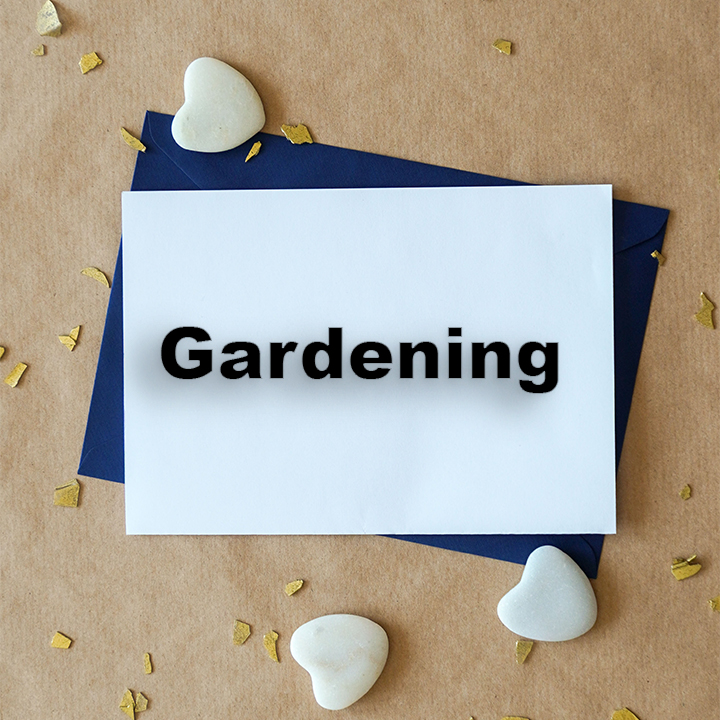All About Jewelry: A Comprehensive Guide to History, Types, and Care
History of Jewelry Jewelry has been a part of human culture for thousands of years. Archaeological evidence suggests that ancient Egyptians, Greeks, and Romans adorned themselves with precious metals and gemstones as a symbol of their status and wealth. Jewelry-making evolved over time, with new materials, techniques, and designs emerging across different cultures and eras. From traditional tribal jewelry to contemporary avant-garde pieces, jewelry has played an essential role in human expression and identity.
Types of Jewelry Jewelry can be made from a variety of materials, including precious metals, gemstones, glass, wood, bone, and plastic. The type of jewelry you choose will depend on your style, budget, and occasion. Here are some of the most popular types of jewelry:
Rings: Rings are a symbol of commitment, love, and friendship. They can be made from precious metals, such as gold, silver, and platinum, and can feature diamonds, gemstones, or a simple design.
Necklaces: Necklaces can add elegance and sophistication to any outfit. They come in a variety of lengths, styles, and materials, from delicate gold chains to bold statement pieces.
Earrings: Earrings are a popular form of jewelry that can be worn by both men and women. They come in different styles, such as studs, hoops, and dangly earrings, and can be made from a variety of materials, including precious metals, gemstones, and beads.
Bracelets: Bracelets can be worn on their own or as part of a stack of bracelets. They can be made from a variety of materials, including leather, beads, and precious metals, and can feature gemstones or a simple design.
Tips for Buying and Caring for Jewelry When buying jewelry, it's important to consider factors such as the occasion, the quality of the materials, and the style. Here are some tips for buying and caring for your jewelry:
Buy from a reputable jeweler: When buying jewelry, make sure to purchase from a reputable jeweler who can guarantee the quality of the materials.
Consider the occasion: Consider the occasion and your outfit when selecting jewelry. For example, a formal occasion may require more formal and elegant jewelry, while a casual occasion may allow for more playful and colorful pieces.
Store jewelry properly: To keep your jewelry in good condition, store it in a jewelry box or a soft cloth bag to prevent scratches and damage.
Clean jewelry regularly: Regular cleaning can help keep your jewelry looking its best. Use a soft cloth or a mild soap and water solution to clean your jewelry.


















